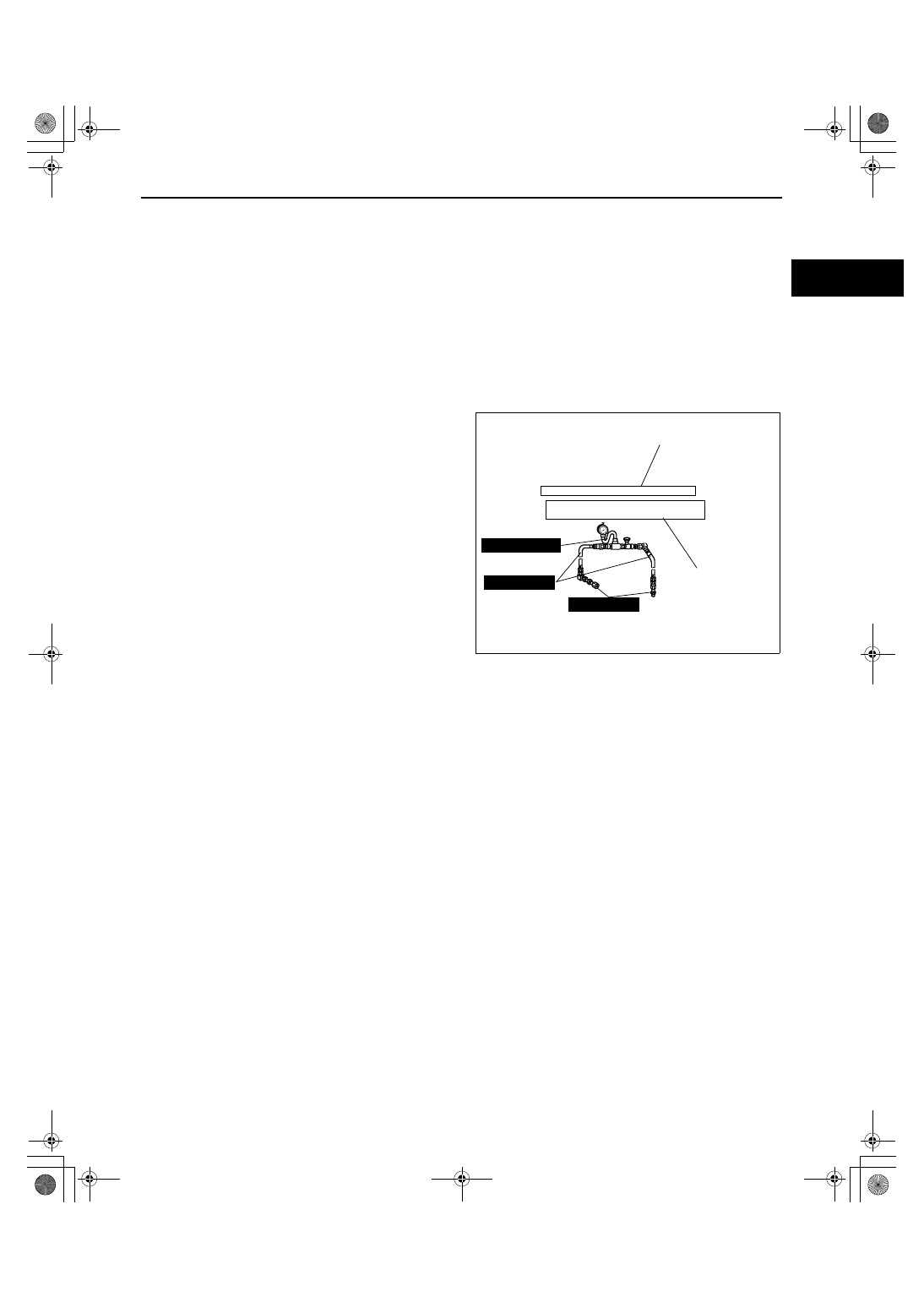Mazda CX 7. Manual - part 2

GENERAL INFORMATION
00-00–3
00-00
HOW TO USE THIS MANUAL
id000000800100
Range of Topics
• This manual contains procedures for performing all required service operations. The procedures are divided
into the following five basic operations:
— Removal/Installation
— Disassembly/Assembly
— Replacement
— Inspection
— Adjustment
• Simple operations which can be performed easily just by looking at the vehicle (i.e., removal/installation of
parts, jacking, vehicle lifting, cleaning of parts, and visual inspection) have been omitted.
Service Procedure
Inspection, adjustment
• Inspection and adjustment procedures are
divided into steps. Important points regarding the
location and contents of the procedures are
explained in detail and shown in the illustrations.
49 H002 671
49 H032 322
49 1232 670A
SHOWS PROCEDURE ORDER
FOR SERVICE
Fluid Pressure Inspection
1. Assemble the SSTs as shown in the figure.
Tightening torque
SHOWS TIGHTENING
TORQUE
SPECIFICATIONS
Caution
Connect the gauge set from under
the vehicle to prevent contact with
the drive belt and the cooling fan.
39—49 N·m {4.0—5.0 kgf·m, 29—36 ft·lbf}
acxuuw00000434